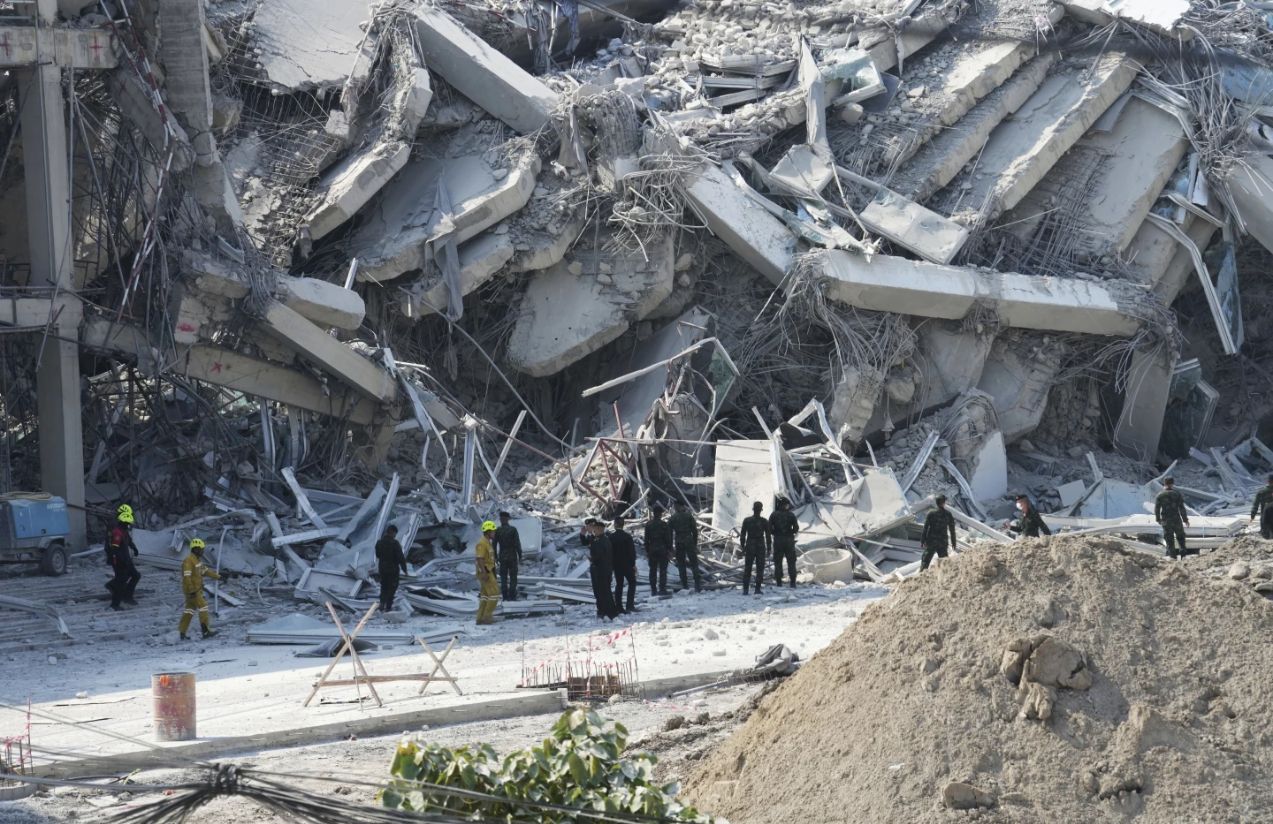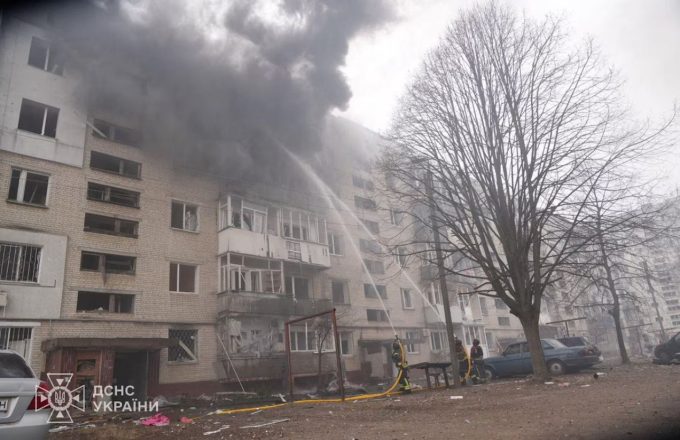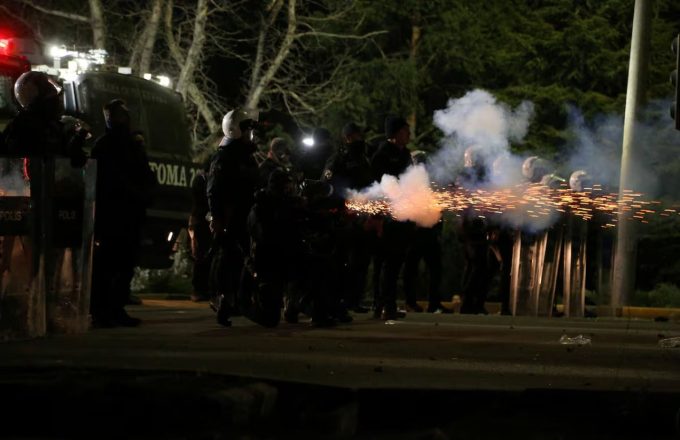A powerful 7.7-magnitude earthquake struck Thailand and neighboring Myanmar at noon on Friday, leaving at least three people dead in Bangkok and trapping an undetermined number of individuals after the collapse of a construction site. In response, the Myanmar government declared a state of emergency in several regions.
The earthquake’s epicenter was located near Mandalay, Myanmar’s second-largest city. Shortly after, a strong aftershock measuring 6.4 in magnitude shook the area. The military authorities in Myanmar extended the emergency declaration to six regions and states, including the capital, Naypyidaw, and Mandalay. However, the ongoing civil war in the country complicates the delivery of aid.
The Red Cross reported that fallen power lines are hindering the access of its teams to the Mandalay, Sagaing, and Shan State regions. “Initial reports indicate significant damage,” the organization stated, adding that the full extent of humanitarian needs is still being assessed.
In Bangkok, a construction worker died when debris from a collapsing building struck his truck, while another was crushed by falling rubble, according to rescuer Songwut Wangpon. Defense Minister Phumtham Wechayachai confirmed the deaths of three people and reported 90 missing. So far, emergency services have rescued seven people, though the instability of the debris is delaying search operations.
A shocking video circulating on social media shows the collapse of a multi-story building with a crane on top, located near the popular Chatuchak Market in Bangkok. The structure crumbles amid a cloud of dust as terrified passersby scream and flee the scene.
Due to the risk of further aftershocks, evacuated residents were advised to stay outside buildings. The U.S. Geological Survey and Germany’s GFZ geoscience center reported that the earthquake occurred at a shallow depth of 10 kilometers (6.2 miles).
The sound of sirens echoed throughout central Bangkok as traffic gridlock worsened the city’s already congested roads. Both the elevated train and metro services were suspended. To expedite assistance, authorities declared the capital a disaster zone. The greater Bangkok metropolitan area is home to over 17 million people, many of whom live in high-rise apartments.
April Kanichawanakul, who works in an office building in downtown Bangkok, described her confusion when experiencing her first earthquake: “At first, I thought I was just feeling dizzy.”
In Mandalay, the quake damaged part of the ancient royal palace and other structures, according to images shared on Facebook. While the region is prone to earthquakes, its low population density and predominance of low-rise buildings may have mitigated the impact.
In the Sagaing region, a 90-year-old bridge collapsed, and parts of the highway connecting Mandalay with Yangon—Myanmar’s largest city—were also damaged.
In Yangon, the earthquake caused panic as residents rushed out of their homes, though no casualties were reported. In the capital, Naypyidaw, some religious shrines and houses sustained partial collapses.
The quake was also felt in southwestern China, particularly in the provinces of Yunnan and Sichuan. In the border city of Ruili, injuries and damage to homes were reported. Videos shared by Chinese media showed rubble scattered on streets and emergency teams transporting a person on a stretcher.
In Mangshi, a city about 100 kilometers (60 miles) northeast of Ruili, the tremor was so strong that people struggled to remain standing, according to local media reports. A resident of Kunming, the capital of Yunnan, described how her ceiling lamp swung violently for more than 10 seconds.
In Thailand, the Disaster Prevention Department confirmed that the earthquake was felt across nearly the entire country. Prime Minister Paetongtarn Shinawatra called an emergency meeting to assess the situation and coordinate the response.




















